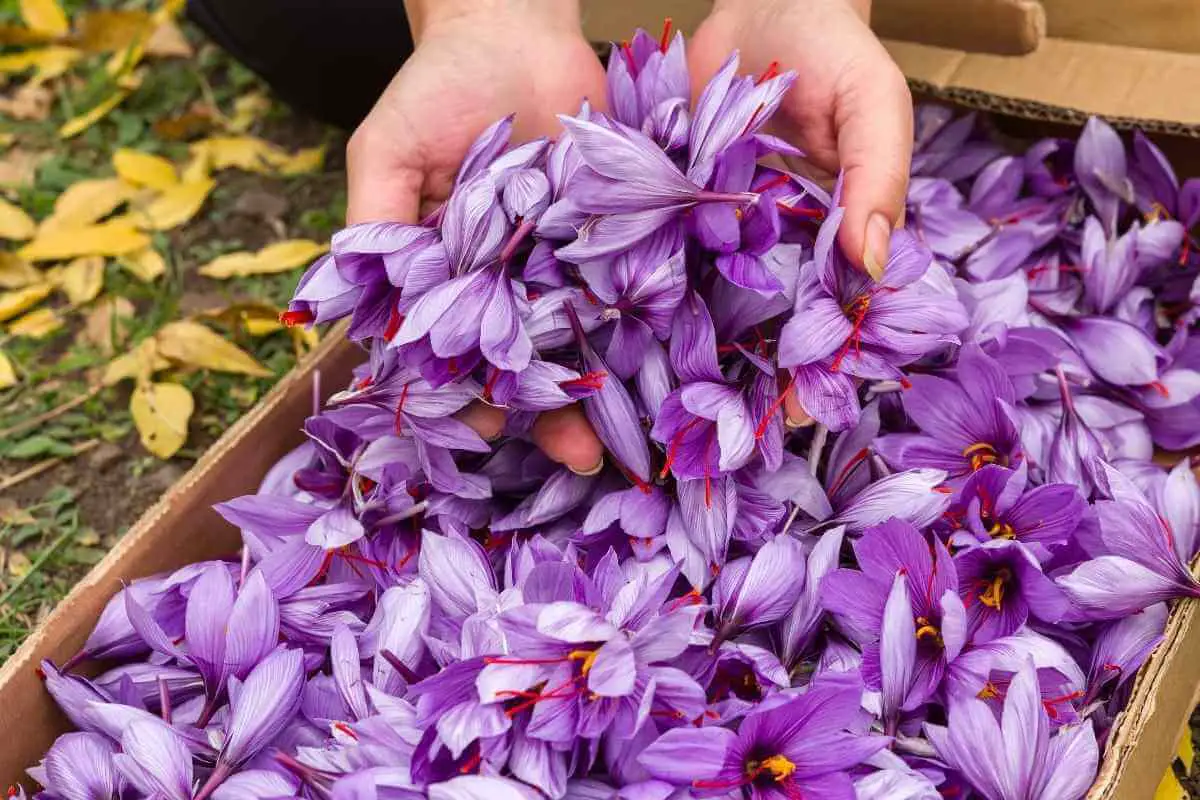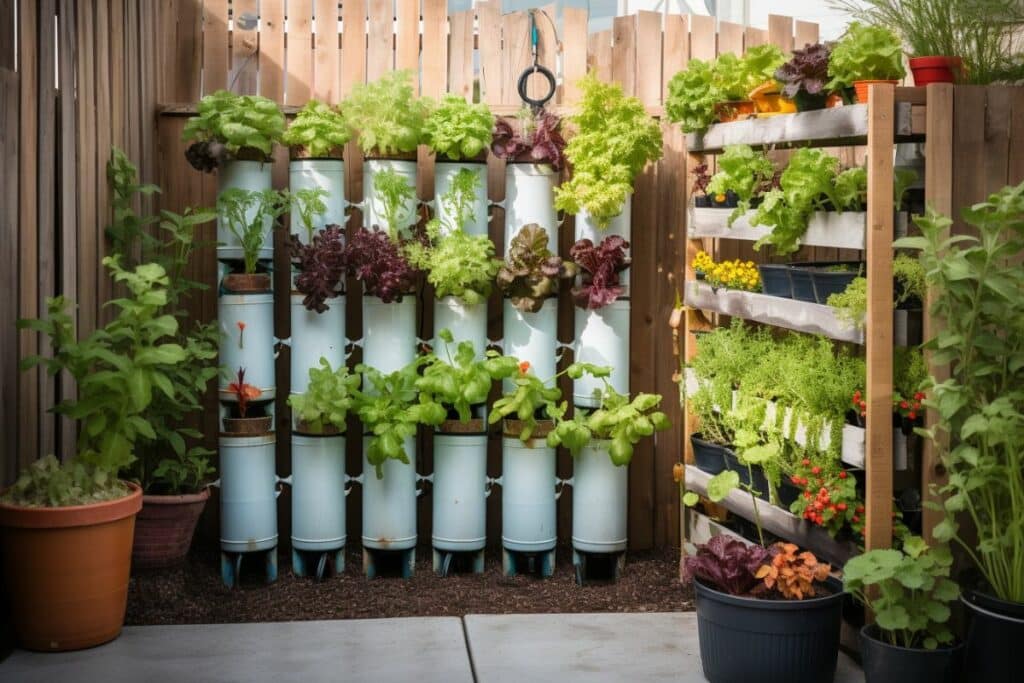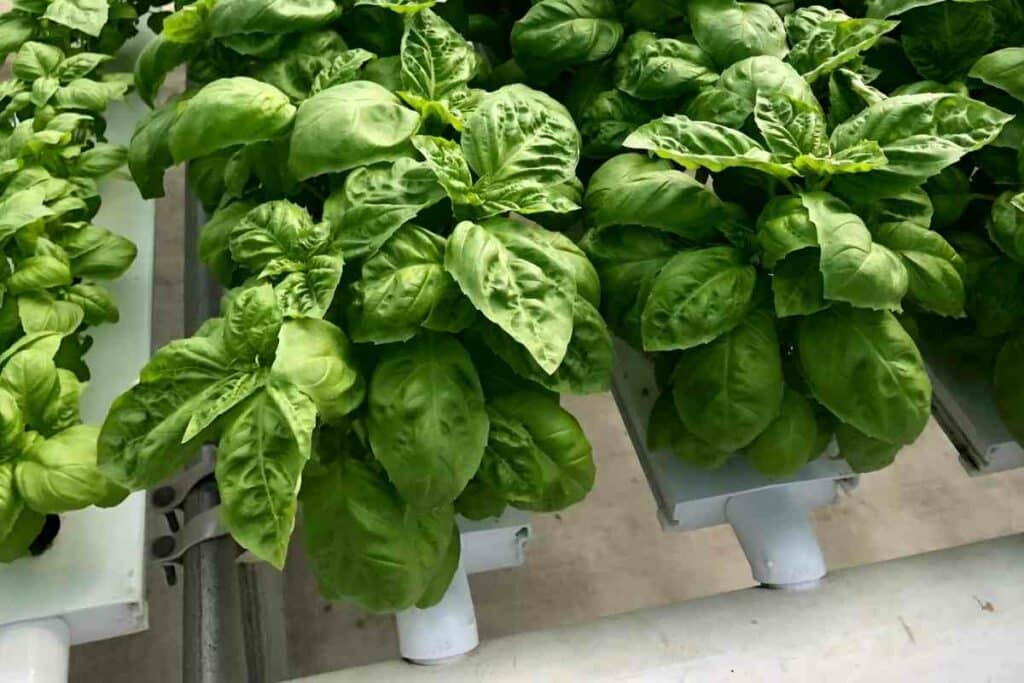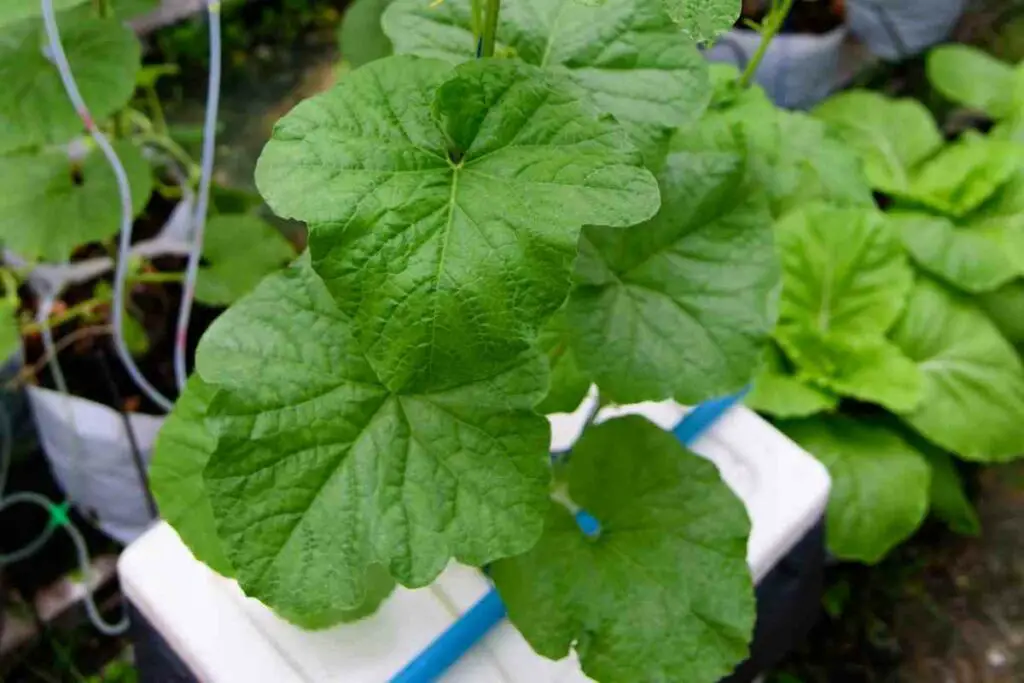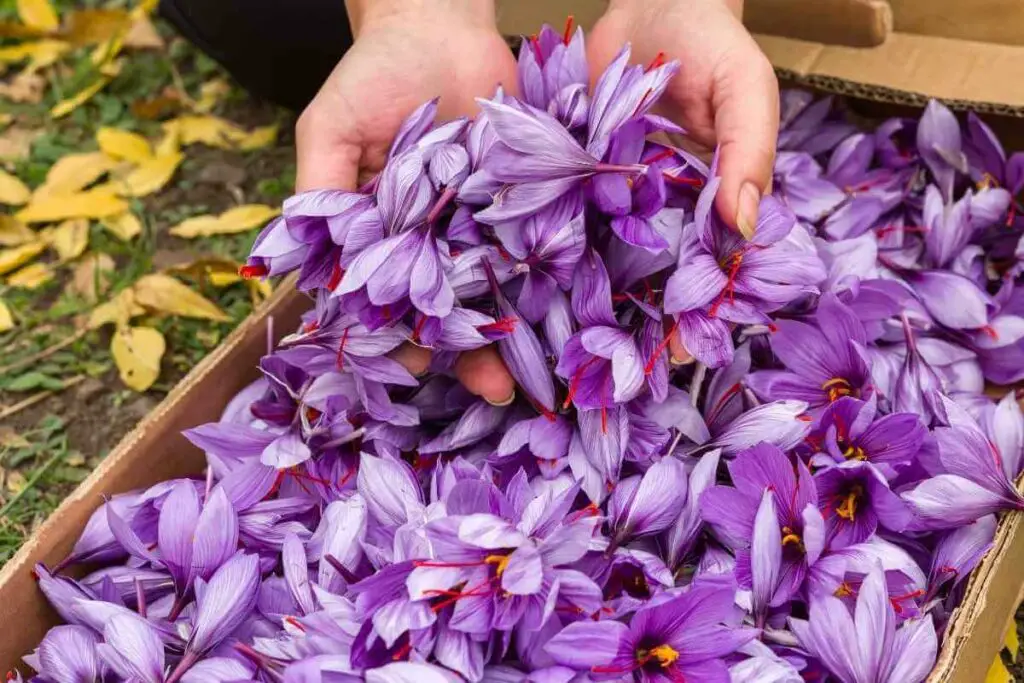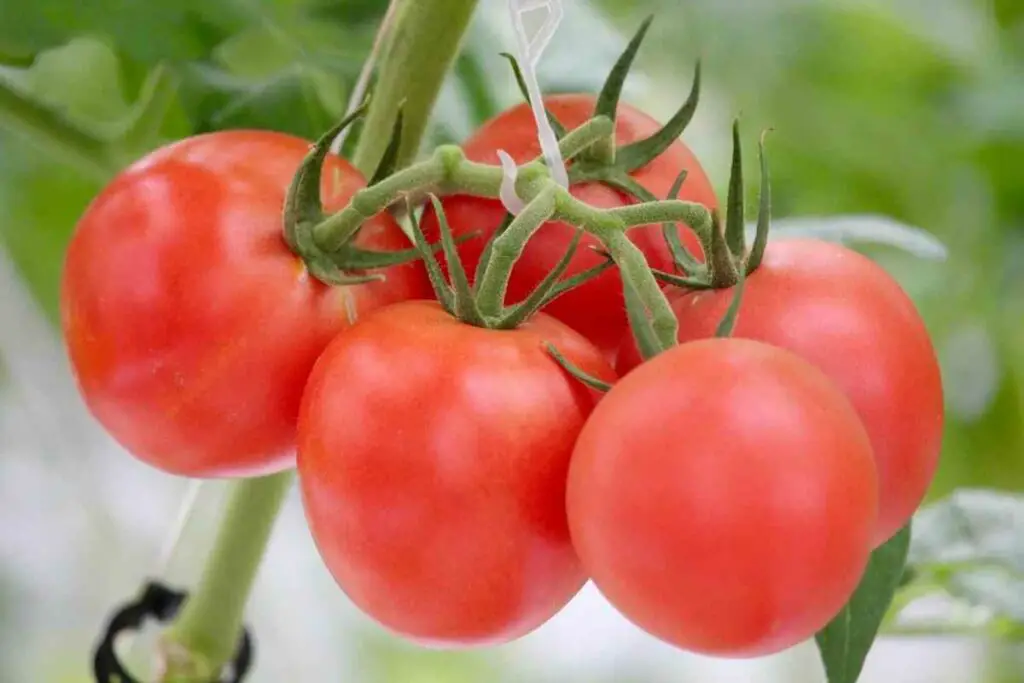Growing any plant hydroponically represents challenges, but when you choose one of the more exotic options like saffron, you will probably need some help to get started.
Do you know what pH value it likes, what nutrient balance it needs, and the temperature it prefers?
Saffron is not easy to grow, but we’re going to look at how to do it.
To grow saffron hydroponically, you need to be focused upon getting the plant to bloom, because it’s the flowers that are useful as the crop. The rest of the plant serves no purpose, so every step is going to be geared at encouraging and maximizing flower growth.
How to Set Up Hydroponics for Saffron
To set up a spot for saffron in your hydroponics system, you need to think about the optimum conditions for this plant and how you can meet them.

Lots Of Light
Saffron likes a lot of light, especially if you want it to flower.
Ideally, you should be looking to give the plants fourteen to sixteen hours of direct sunlight every day until the plant flowers.
After this point, it may cope with twelve to fourteen hours of light.
From Experience: You cannot grow saffron in low light levels. If you can make use of natural light, do so, but you will probably need artificial lights to reliably provide everything that saffron needs.
Reasonable Temperatures
Temperature matters a lot in hydroponics, and to grow saffron hydroponically, you need temperatures between 60 and 65°F most of the time.
At night, temperatures can drop as low as 55°F.
You don’t want temperatures too high, either, or else the plants will drop their flowers before you can harvest saffron from them.
In general, you want to start plants off in warm, summery conditions, and then reduce the warmth a little to mimic fall. This will encourage your plants to flower.
Nutrient Solution
Once your plants are established, you need a nutrient solution that is focused on promoting flowering.
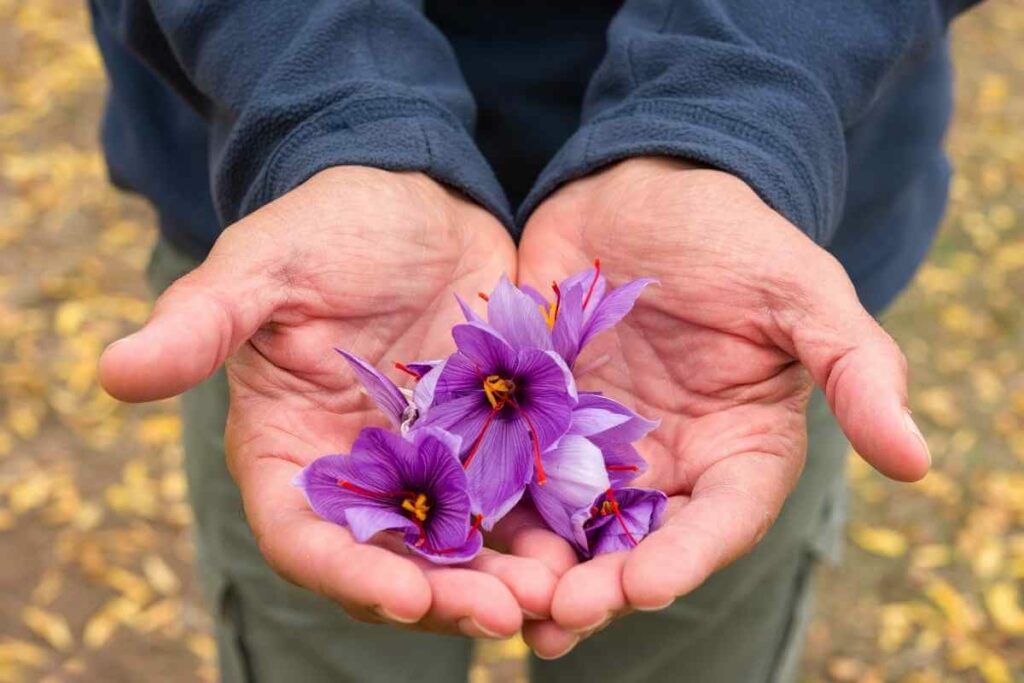
You can buy bloom solutions, and these should give your plants everything that they need to produce lots of gorgeous flowers.
In the earlier stages, you can use nutrients to encourage germination and ensure that the plants grow strong, but remember that you are only really interested in the flowers.
Use nutrients to ensure that these grow.
If you prefer and you are getting advanced with hydroponics, you can of course make your own nutrient solutions, rather than purchasing pre-mixed ones.
However, you should be aware that you may lose a lot of plants as a result while you work on getting the right quantities.
Growing Media
You also need to think about what your plants will be growing in.
Crocuses need a loose growing media so that the water can easily pass through to their roots, but they stay anchored in the water and nutrients.
Always Good Idea: To achieve this, you need to use something like coco coir, a perlite blend, or vermiculite. These will all provide the support needed without blocking the water flow.
pH Values
The acidity of the water is also important too, because if you end up with the wrong pH value, your crocuses will not grow properly.
They generally prefer a pH value between 6.0 and 6.25, so it’s quite a narrow, slightly acidic range.
Make sure that you check this regularly and correct it if it has gone above or below this range, ensuring that your crocuses keep flowering and stay happy.
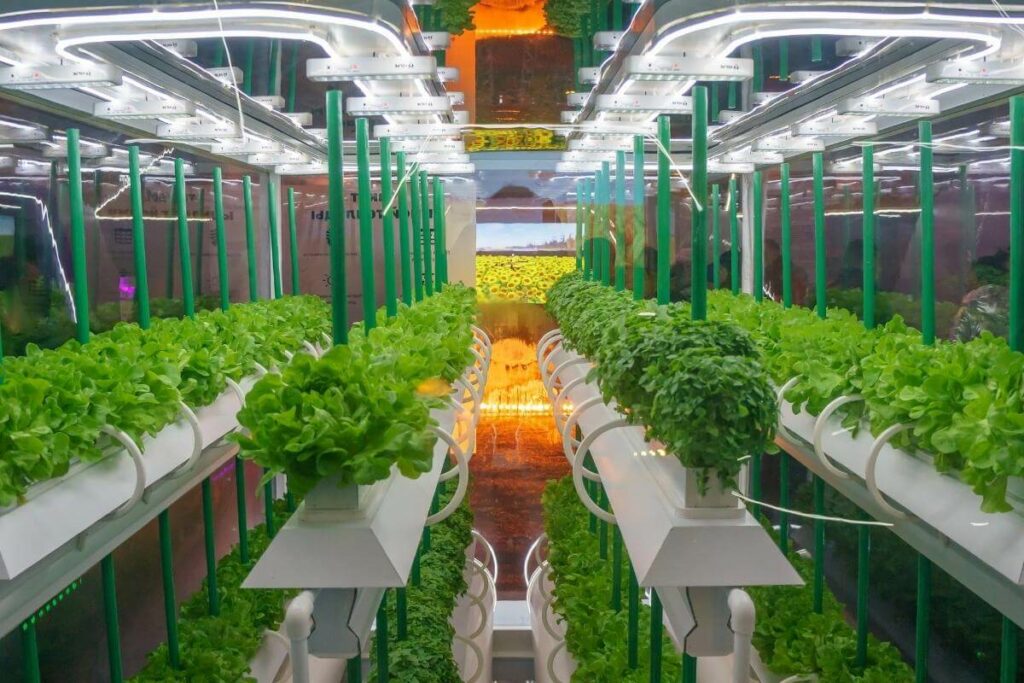
Does Saffron Grow Well Hydroponically?
On the whole, saffron does not give a brilliant crop when grown hydroponically, despite the fact that the bulbs do not need a huge amount of room.
Saffron is a very valuable crop, but growing it hydroponically rarely yields great results, and most people find that it is not worth the space within their setup.
Here is why:
- You can expect to get less than a quarter of the weight of the bulbs in saffron yields.
- If you grow two pounds of fresh flowers, you will probably only get half an ounce of saffron that is commercially viable, if you even achieve that much.
- To get just a pound of saffron threads (dried, not fresh), you will need to harvest almost 70,000 flowers. That means you need a lot of flowers if you wish to grow saffron for commercial purposes and have enough to sell.
It may be a high-value crop, but that is a great many flowers and will take up a lot of space.
Many people don’t find that saffron is a rewarding crop to grow hydroponically, and unless you have a suitable setup, you probably will not get great yields, and you may not be able to make a business from it.
However, in environments where it cannot easily be grown in soil, this may be a viable solution to help distribute saffron across the globe, even if yields are low.
Decision to Make: If you are just interested in trying it for some fun and for your own use, go ahead!
Can I Keep Saffron Bulbs?
Crocuses come back year after year after year, so you may be wondering whether you can keep the bulbs going and avoid needing to replace your crop each year.
However, the corm usually becomes less productive over time. In the early days, it should produce up to three flowers (although some produce only one). As the corm gets older, it will produce fewer flowers.
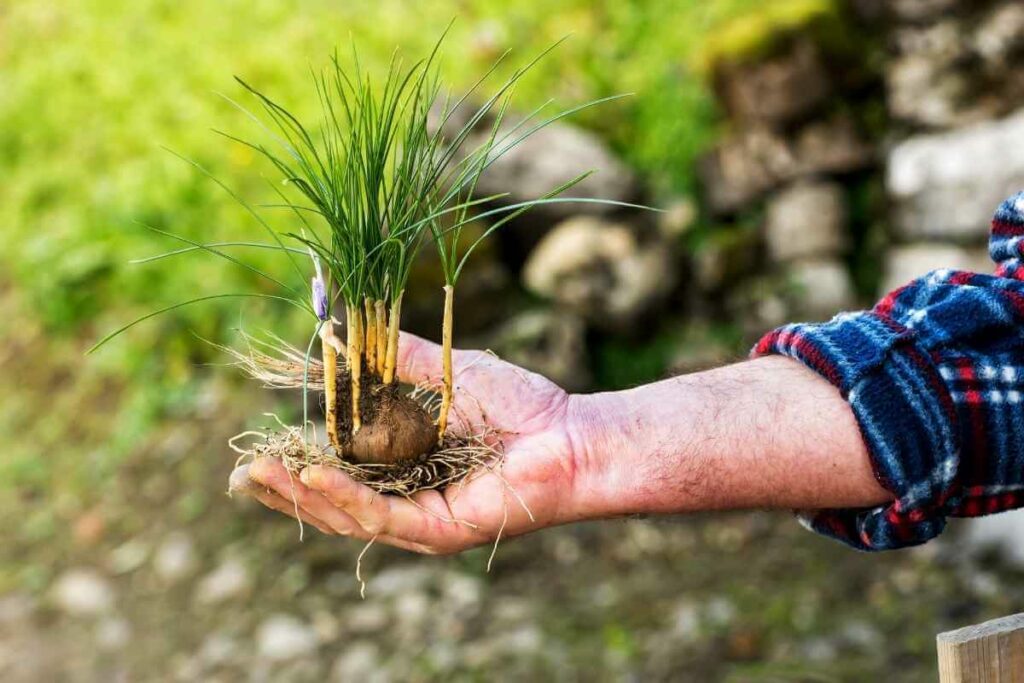
That means that you need to harvest the bulb and separate its new extremities, and then plant those.
Although this does not necessarily represent a cost, it is manual labor that must be done on an annual or bi-annual basis, so you should take it into consideration when weighing up the merits of growing saffron hydroponically.
Conclusion
Growing saffron hydroponically is not particularly easy, but it can be done if you are willing to commit some time and space.
Make sure you are regularly checking that the plant’s major needs are met, such as temperature, nutrients, pH, and light.
If you can do this, you should have some beautiful saffron to harvest when the time comes!
